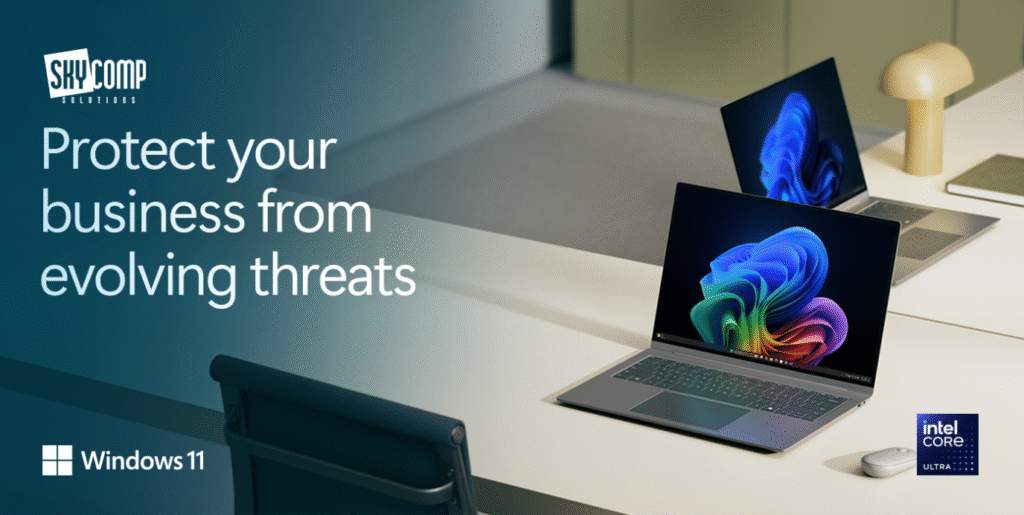Looking Back: The End of Windows 7
It feels like yesterday that Windows 7 reached its End of Support (EOS) on January 14, 2020. For many, Windows 7 wasn’t just an operating system — it was an era. Launched in 2009, its clean design, reliability, and familiar interface made it one of the most loved versions of Windows. Even years after its release, countless businesses and home users stuck with it because of its stability and ease of use.
But when EOS arrived, Microsoft officially stopped providing security updates, patches, and technical support. That left systems vulnerable, and organizations were faced with a difficult choice: pay for Extended Security Updates (ESU) or move forward to Windows 10. For most, it was a turning point — and a reminder that technology never stands still.
Now It’s Windows 10’s Turn
Fast forward to today, and the story is repeating itself. Windows 10 will reach End of Support on October 14, 2025. That means:
No more security updates or patches.
No new features or improvements.
Increased risk from cyber threats.
Just like Windows 7 before it, Windows 10 has been widely adopted and trusted for years. But its time is running out. Holding on too long can expose your business to risks that far outweigh the comfort of staying with what’s familiar.
Why Planning Ahead Matters
To help you assess your IT environment and prepare for the change, here is a quick PDF guide that covers:
Why security updates are critical
How upgraded systems run faster and more efficiently
The cost risks of staying behind
How Windows 11 enhances productivity and protects your business
Windows 11 - Everything you need to know:
See It in Action
To wrap it up, here’s a short promo video from Microsoft showing how Windows 11 is built for the modern workplace — faster, smarter, and more secure.
